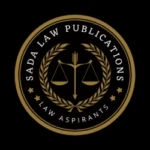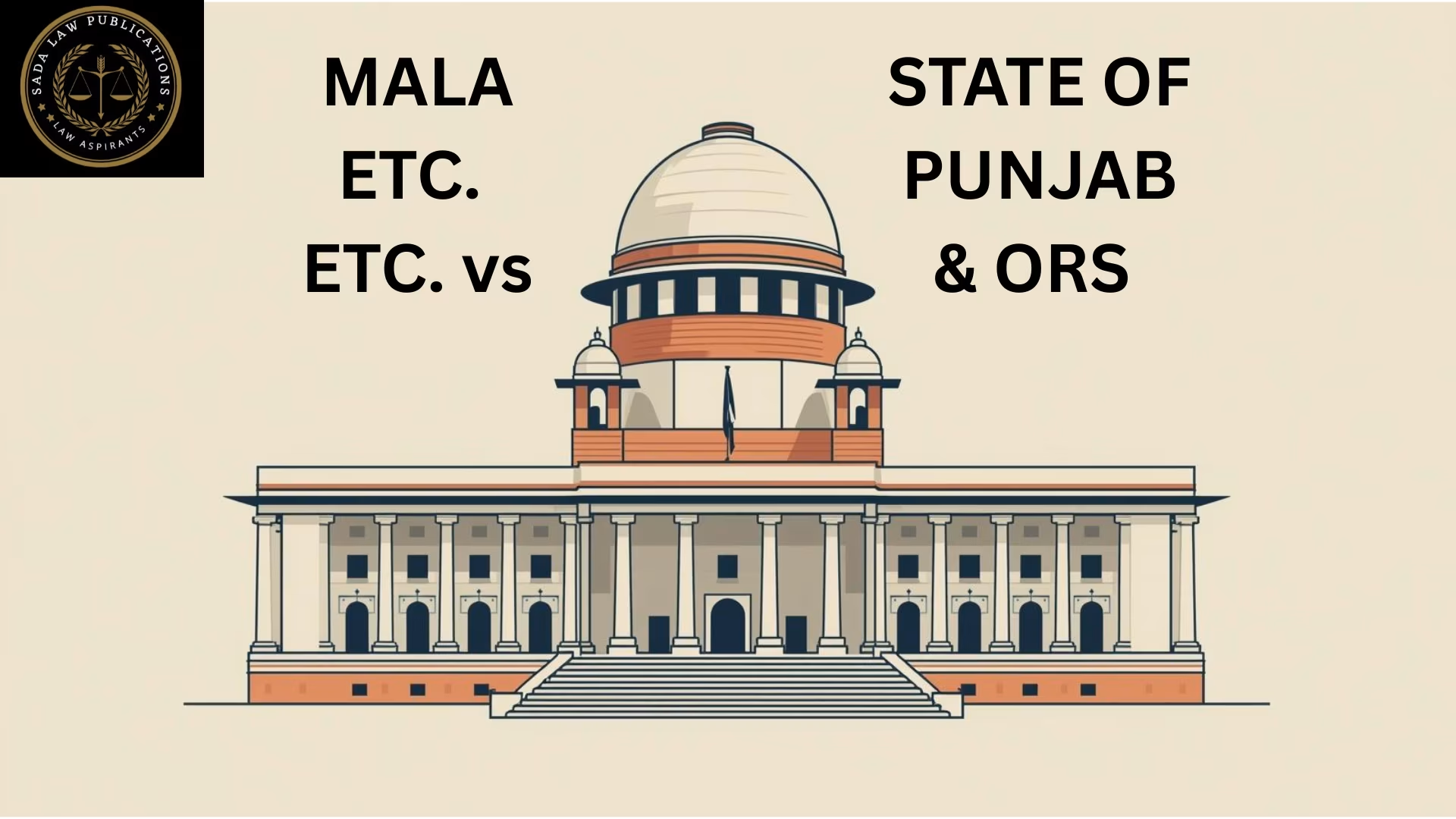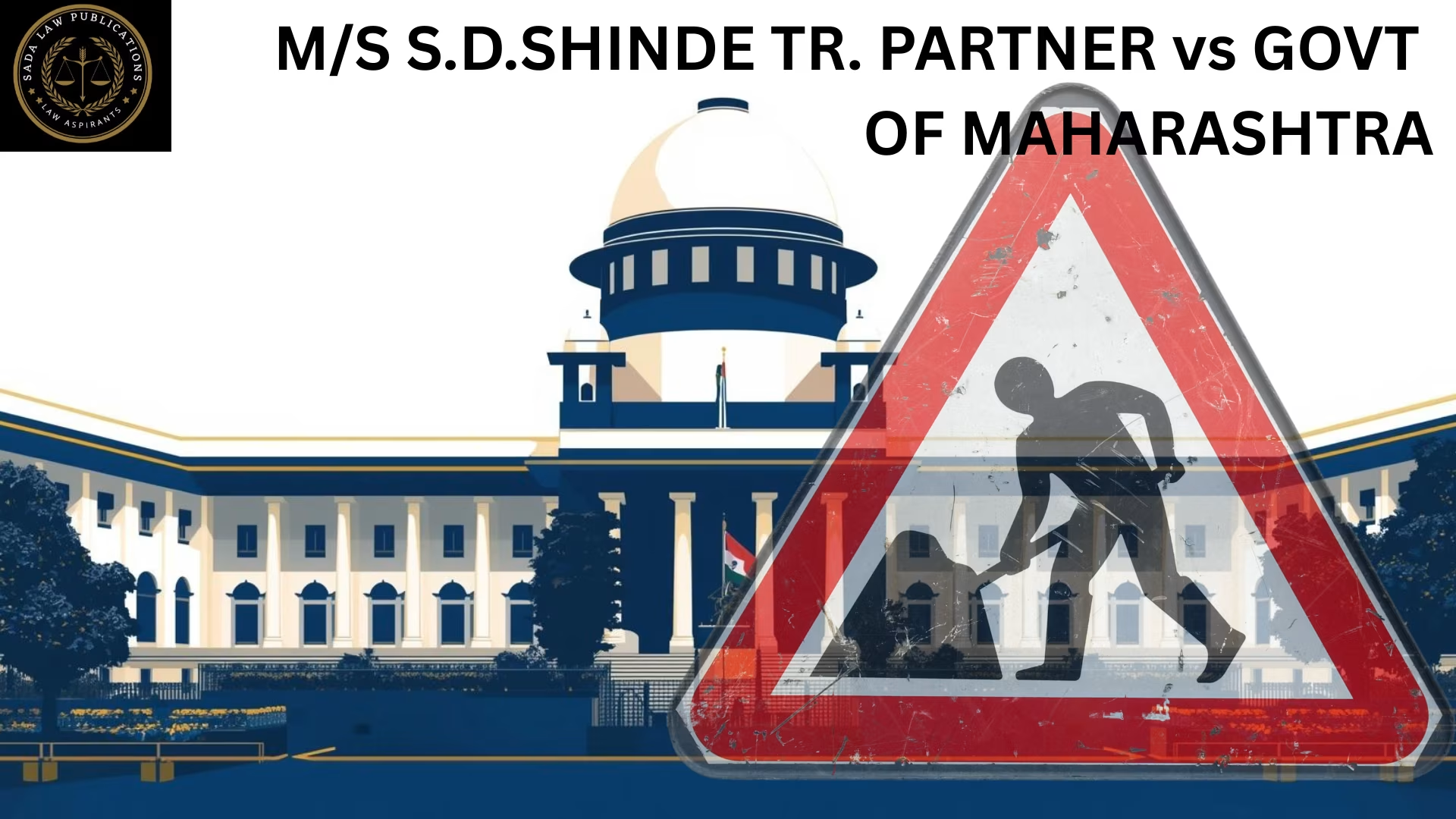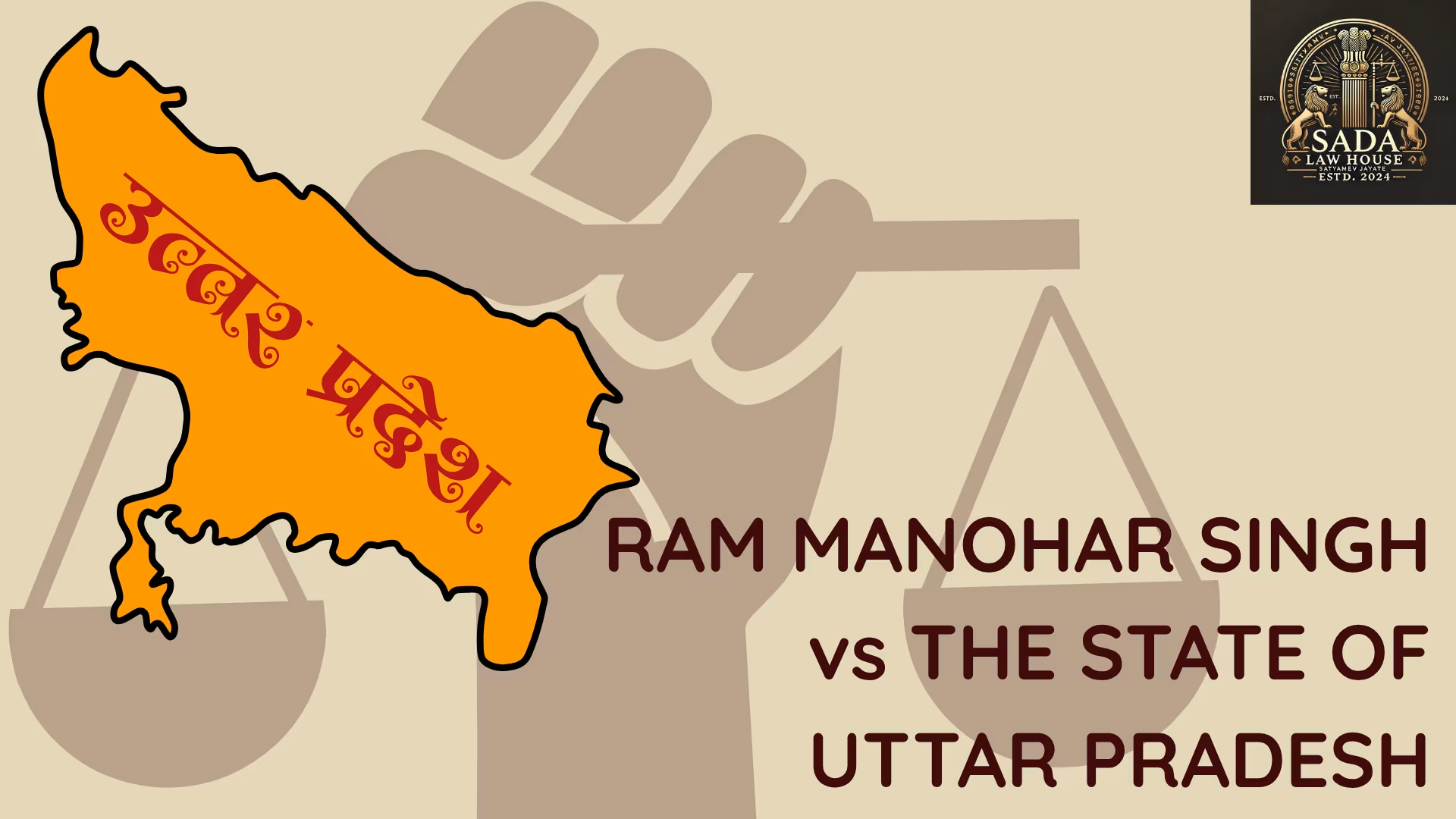Sandeep Kumar v. State of Haryana & Another (2023): Supreme Court Upholds Summoning of Additional Accused Under Section 319 CrPC
- NISHA KUMARI
- Sep 29, 2025
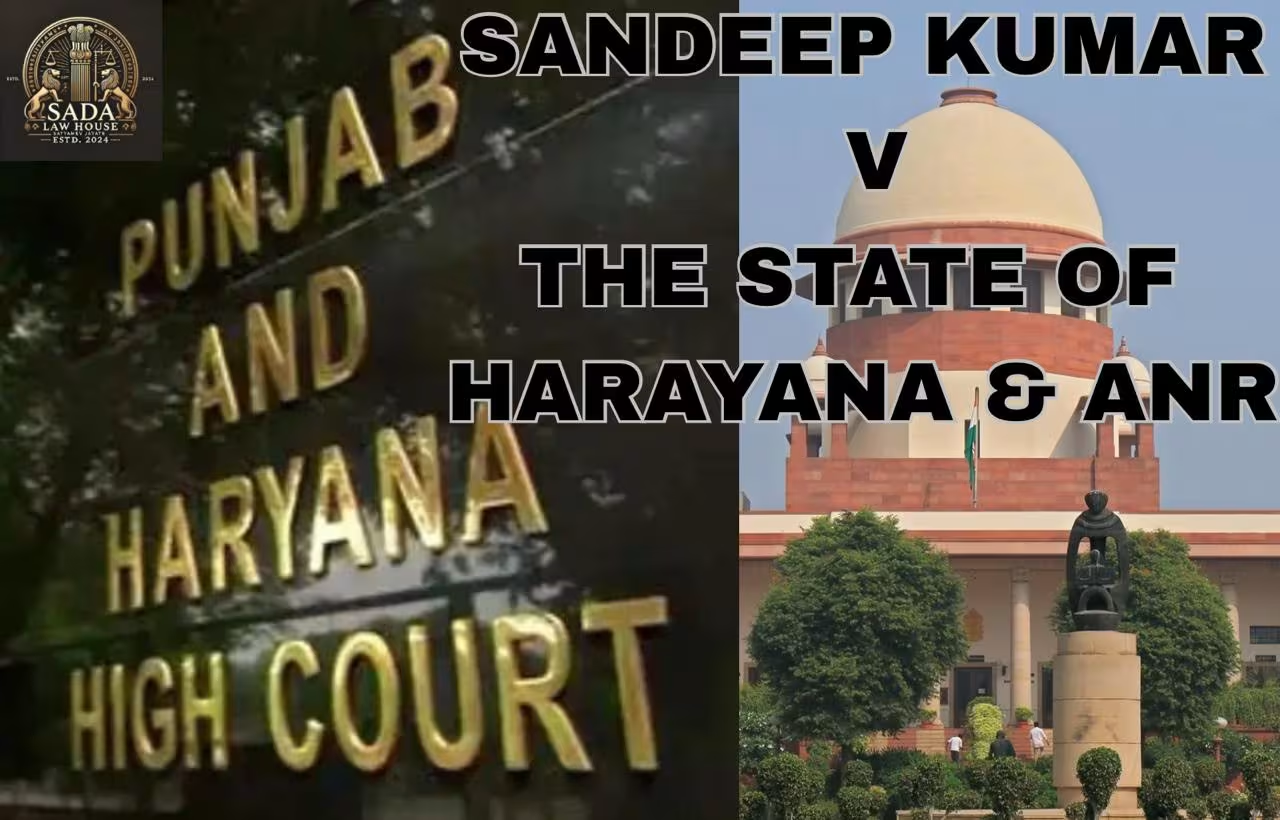
Introduction
The case of Sandeep Kumar v. The State of Haryana & Another, decided by the Supreme Court of India on 28 July 2023, centered on the procedural validity of a trial court’s decision to summon three additional accused individuals under Section 319 of the Criminal Procedure Code (CrPC).
Sandeep Kumar, the complainant and appellant, approached the Supreme Court after the Punjab and Haryana High Court quashed the trial court’s summoning order. The apex court had to decide whether the High Court overstepped its jurisdiction by interfering in a matter meant for trial evaluation.
Facts of the Case
1. The Incident and FIR
On the night of 7 September 2017, around 12:30 a.m., nearly 15 armed men allegedly barged into the house of Sandeep Kumar in Sirsa, Haryana. The intruders, armed with lathis and firearms, assaulted the family and killed Sandeep’s father, Hanuman Kumar.
2. Identification of Additional Accused
During his testimony as PW-9, Sandeep identified Ramesh Gandhi, Kalu Jakhar, and Pawan—all named in the FIR—as using pistols during the attack. However, these individuals were not included in the police chargesheet.
3. Trial Court’s Intervention
Sandeep filed an application under Section 319 CrPC, seeking to summon these three as additional accused. The trial court allowed the application, considering the eyewitness evidence.
4. High Court’s Reversal
The High Court quashed the trial court’s order, reasoning that:
The three individuals were not named in the chargesheet
No overt acts were directly attributed to them
They had allegedly fled the scene
The High Court ruled that their summoning was legally unjustified at that stage.
Legal Issue
Was the High Court justified in quashing the trial court’s summoning order under Section 319 CrPC for the additional accused named in the FIR but not charge-sheeted?
This brought into question the permissible scope of judicial interference during the pre-trial stage and the evidentiary threshold for invoking Section 319 CrPC.
Supreme Court Judgment
1. Trial Court’s Order Reinstated
The Supreme Court, led by Justices C.T. Ravikumar and Sudhanshu Dhulia, held that the trial court had correctly used its discretion under Section 319 CrPC to summon the additional accused.
2. High Court Exceeded Its Jurisdiction
The Court emphasized that the High Court had improperly reassessed the evidence—a process that is not permissible while deciding applications under Section 319. The High Court’s intervention was found to be legally unsound.
3. Standard of Evidence
The judgment clarified that the threshold for summoning under Section 319 does not require proof beyond reasonable doubt. Strong prima facie evidence—such as credible eyewitness identification—is sufficient.
4. Ensuring a Fair Trial
The Supreme Court reiterated that justice must not be compromised by prematurely excluding potential accused from trial. All persons against whom credible evidence exists must be tried to ensure a fair adjudication.
Conclusion
In Sandeep Kumar v. State of Haryana & Another, the Supreme Court of India restored the trial court’s summoning order under Section 319 CrPC, emphasizing the importance of due process and a fair trial. The Court ruled that prima facie evidence in the form of credible eyewitness testimony was sufficient to proceed against the additional accused.
By reversing the High Court’s premature interference, the judgment safeguards the principle that all alleged perpetrators must be brought to trial when supported by substantive evidence. This decision strengthens the role of Section 319 CrPC in ensuring complete and just trials in criminal jurisprudence.
Case Laws



